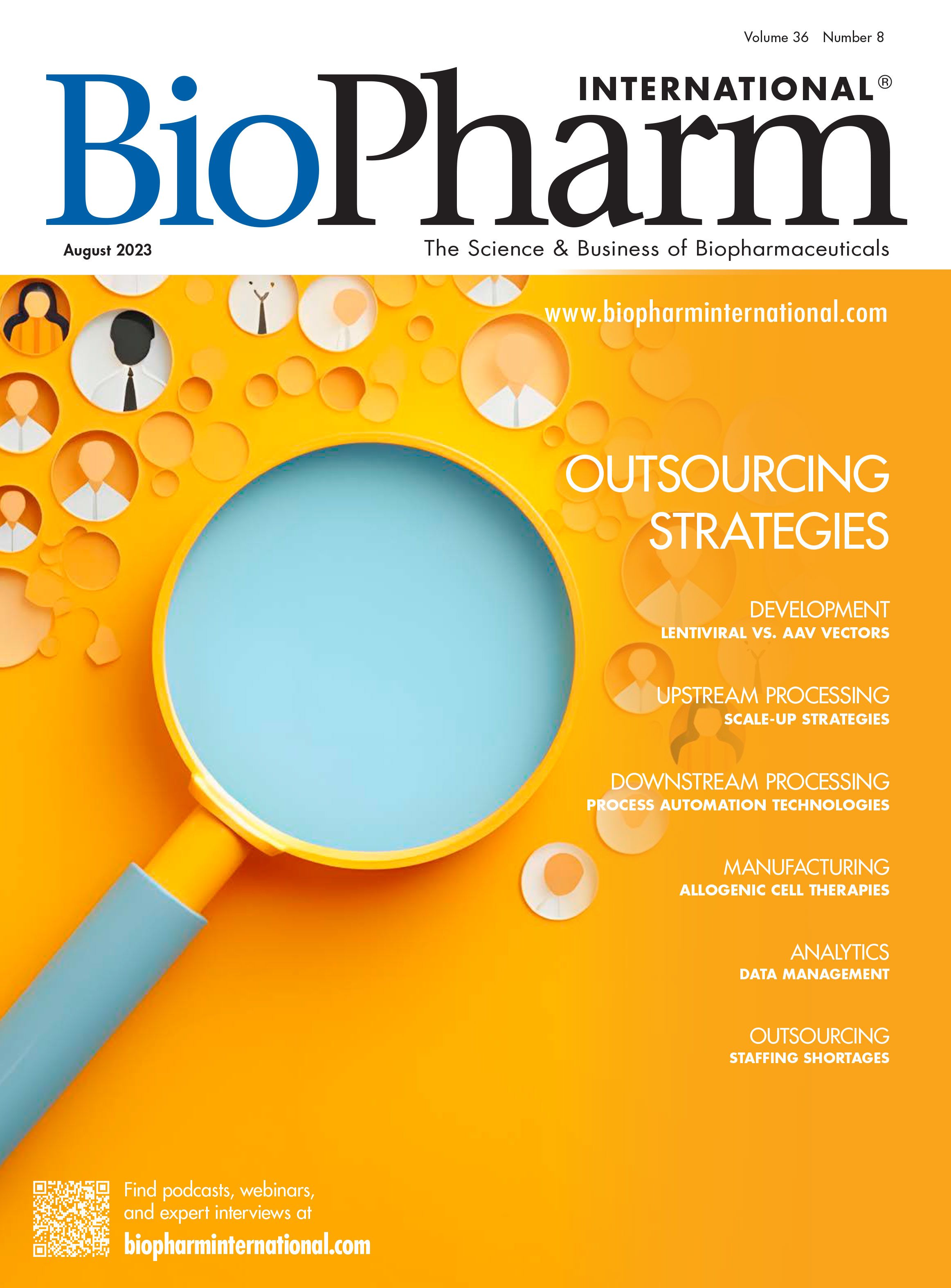Sharing Critical Information for the Best Outcome
The more information shared, the smoother the approval process, says Susan J. Schniepp, distinguished fellow with Regulatory Compliance Associates.
Cancer Question | Image Credit: ©freshidea - Stock.adobe.com

Q: I work for a virtual company that outsources our manufacturing. We recently made a regulatory filing, and I wonder what information we need to share with our contract manufacturing organization (CMO)?
A: This is an easy question. Share everything you can. Whether you filed an investigational new drug application, a new drug application, an abbreviated new drug application, a biologics license application, or a marketing authorization application, the more information you share with your contract provider(s) the smoother the approval process will be for your organization. Because you are a virtual company, your approval inspections will most likely be at your designated manufacturing facility. If you are using a different facility to test your product, the contract testing laboratory also needs to have critical information to provide the best service because they might also be audited. So, in my opinion, the contract provider(s) need to know as much as the applicant.
In today’s regulatory environment, it is important for organizations to know the regulations with the same depth of knowledge and understanding as regulators. If an organization happens to be a contract manufacturer, it might also find itself in the position of providing that in-depth regulatory expertise to customers. In either case, the contract manufacturer and its customers must be able to work with each other and within the regulatory requirements to assure that the product manufactured and released for patients is of the highest quality. The partnership between the contract provider and contract giver must reflect the requirements and time commitments as defined in the regulations. The most efficient way to establish a transparent relationship where you have the freedom to share the necessary information is to establish a robust quality agreement with your contract provider(s). If you are using a contract manufacturing organization and a different contract testing organization, it is important for you to have quality agreements with both organizations. It is ideal if you can encourage your two contract providers to enter in a quality agreement with respect to your product filing.
Because you are using contract providers, complaints are an area where the more information that is shared between all parties, the sooner a resolution to the complaint investigation can be achieved. Another area where it is necessary for all parties to have access to critical information contained in your filing is investigations for out-of-specification (OOS) results. Whether you are using multiple contract organizations or just one, those organizations should have the information needed to perform a thorough investigation into complaints or the OOSs. The complaint standard operating procedure (SOP) and the quality agreements should address the turnaround requirements needed to investigate complaints associated with adverse or serious unexpected adverse events. For these complaints, the turnaround time must be able to accommodate tighter regulatory requirements. The license holder (i.e., the client) is required to submit a Field Alert within three working days after becoming aware of a reported problem either through a complaint or internal testing. In these cases, the complaint must be investigated quickly by the contract manufacturer and/or the contract test laboratory. The turnaround time for these types of investigations must be more expeditious than the timelines for handling routine investigations. OOS reports also require an expedited timeline for communicating confirmed results to the client because of the potential impact to product already distributed for use. When there are agreements in place that allow the sharing of information that can potentially be used for resolving investigation and ensuring they are completed in a timely manner, the stronger your compliance posture will be when it comes time for your pre-approval inspection.
In today’s environment, all parties must take responsibility for product quality and regulatory compliance through clear delineation and communication of responsibilities through quality agreements and internal SOPs.
About the author
Susan J. Schniepp is distinguished fellow with Regulatory Compliance Associates.
Article details
BioPharm International y
Vol. 36, Number 8
Page: 34
Citation
When referring to this article, please cite it as Schniepp, S.J. Sharing Critical Information for the Best Outcome. BioPharm International 2023 36 (8) 34.

2 Commerce Drive
Cranbury, NJ 08512
All rights reserved.